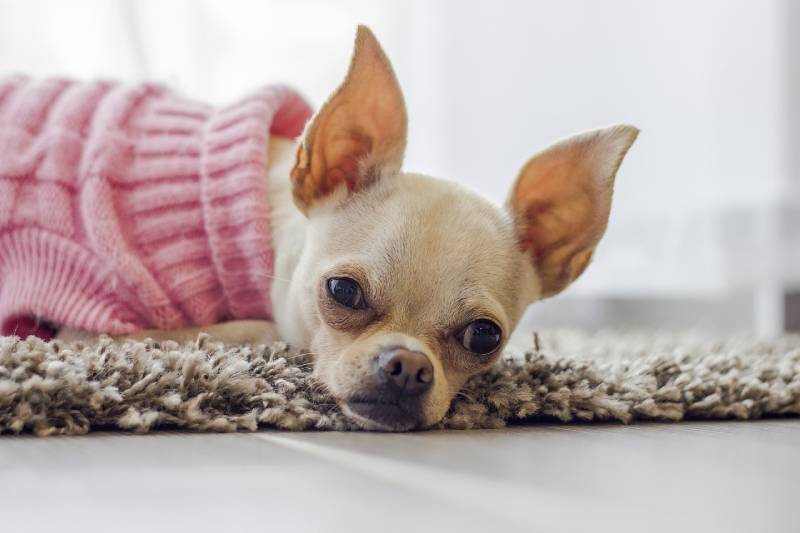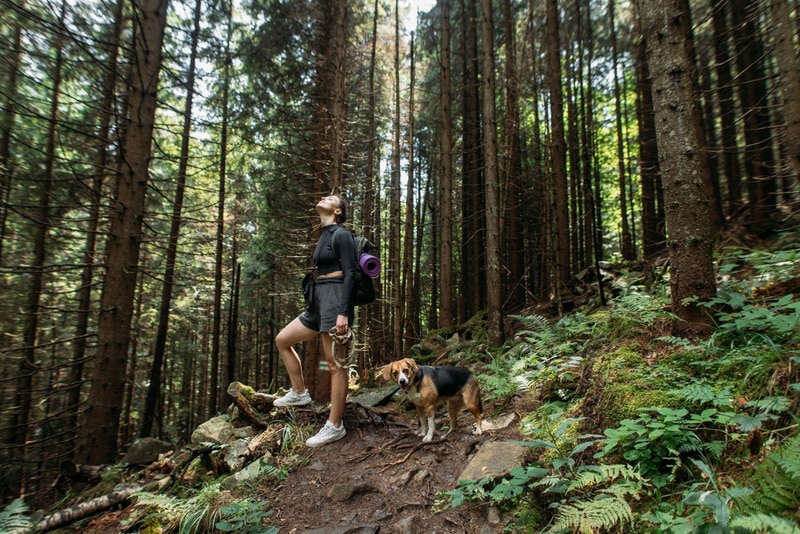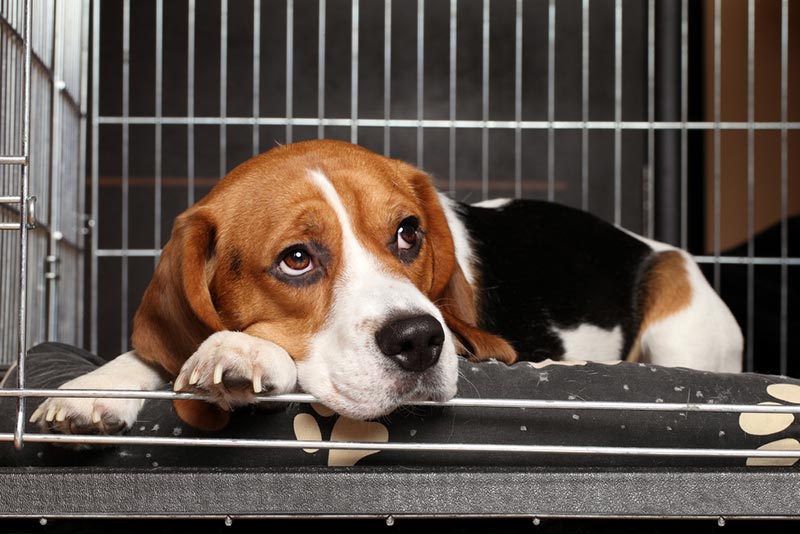Why Does My Dog Walk in Circles Before Lying Down? 6 Reasons
Updated on
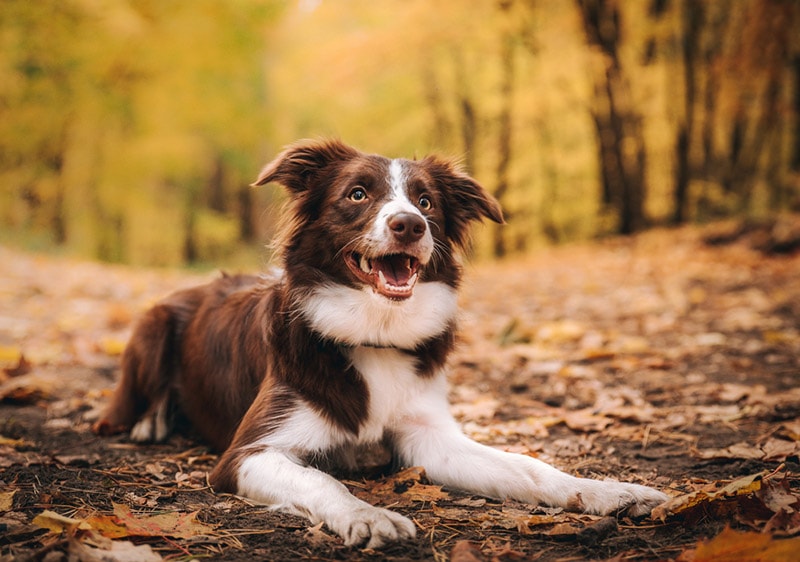
Dogs have many unique rituals in their daily lives, but one of the strangest ones is their compulsion to walk around in circles before sleeping. We’re sure you’ve noticed your pup exhibiting this behavior at some point and have wondered to yourself if there’s a reason for its spinning, and the answer is yes!
However, you might be surprised to learn that it’s not a meaningless or compulsive behavior your dog does for no reason. Instead, it is related to evolution and how your dog’s ancestors survived. Read on to learn more.
The 6 Reasons Dogs Walk in Circles Before Lying Down
While your dog lives a life of luxury compared to its furry forebearer, it still retains many of the same behaviors and thought processes of its predecessors. Circling around before lying down served numerous purposes for your pup’s ancestors, and it appears that this behavior has turned into a hard-wired evolutionary trait that hasn’t evolved out of modern dogs yet.
Let’s take a look at what purposes circling before lying down serves.
1. Getting Comfortable
Perhaps one of the most significant reasons your dog circles before lying down is simply because it’s looking for a way to get comfortable. Your pup’s forebearers didn’t have luxurious pet beds to retreat to during naps, so they had to pat down grass and underbrush to make a suitable bed for themselves. The easiest way for them to make such uncomfortable sleeping materials cozy was to walk in a circle to pat down the grass and underbrush. So, while your dog won’t need to clear away rocks or branches before going to sleep in its cozy bed, circling can help it adjust its bed to be just right for sleeping.

2. Self Preservation
Your dog doesn’t need to worry about bears or tigers killing it in its sleep like its wolf ancestors, but it’s still hard-wired into its DNA to always be aware of its surroundings. Wild dogs knew they needed to position themselves in such a way as to ward off any attacks from their predators. Some wildlife experts believe wolves sleep with their noses to the wind so they can quickly identify any incoming threatening scents. Circling before lying down allowed your dog’s forebearers to determine what direction the wind was blowing to best position itself to pick up on such scents.
3. Removing Critters
A wild dog may have turned circles before bed to flatten grasses or snow to get comfortable but also to drive out any snakes or insects hiding in grass it plans to sleep in. Sure, it’s unlikely that your dog will need to contend with snakes in your home, but the compulsion to circle to remove any unwanted sleeping partners is still there.

4. Temperature Regulation
Your dog’s ancestors lived in many different climates, from the mountain cold to the desert heat.
Those dealing with snowy and freezing conditions would combine circling with digging at the snow before bed. When they piled snow up around the edges of where they’d eventually lie down to go to sleep, they removed the top, coldest layer of snow while using it as a layer of insulation to protect them from the freezing temperatures surrounding them. Circling also allowed them to curl into a tight ball with their noses tucked under their tail for warmth.
In the desert, they may have circled and dug in the dirt to get rid of the hottest topsoil, revealing a cooler spot to sleep underneath.
5. Territory Claiming
Wild dogs that would circle in the area they were about to sleep in may have been spinning as a way to mark their territory. Rotating in the grass, dirt, or snow would leave a clear sign to other dogs nearby that this territory has already been claimed.

6. Looking for Stragglers
Wild dogs that lived and traveled together were highly social animals that formed tightly-knit packs of between 2 and 20 adults with their young. Circling before lying down to sleep for the night would allow dogs to assess their group to ensure all members were present and none had fallen behind.
Is Circling Ever a Cause for Concern?
While circling before lying down to sleep is normal dog behavior, it’s only standard if done in moderation. If your dog is spinning excessively, it could be a warning sign that it’s in pain or deeply uncomfortable.
Excessive circling could also indicate neurological disease or even canine dementia. So, if you notice your dog exhibiting this behavior more than usual or in non-sleep circumstances, it’s best to make an appointment with your veterinarian to rule out any potential health problems.
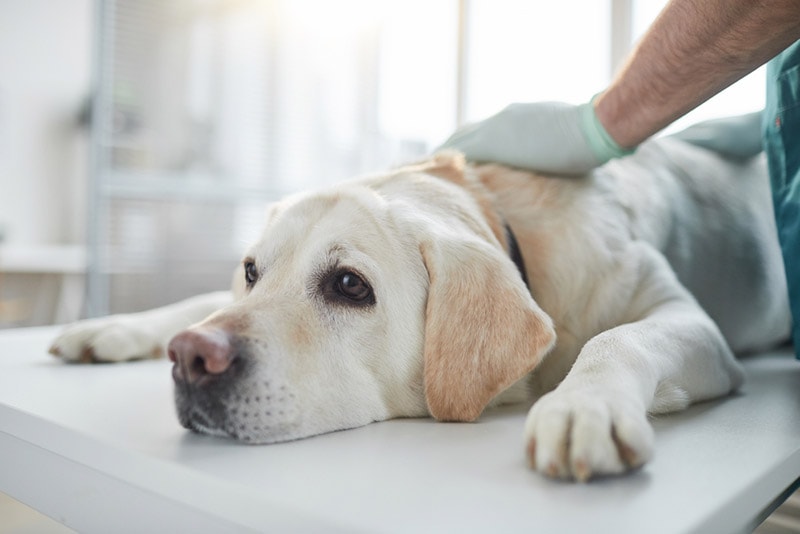
 Conclusion
Conclusion
Circling before bed is a completely normal behavior rooted in your dog’s long ancestry. While your dog may live in the lap of luxury with its consistent mealtimes, fluffy cloud-like beds, and daily play sessions, it still retains many behaviors and thought processes of its forebearers that had to fend for themselves against predators and the unpredictable elements in the wild.
Featured Image Credit: Julia Suhareva, Shutterstock

